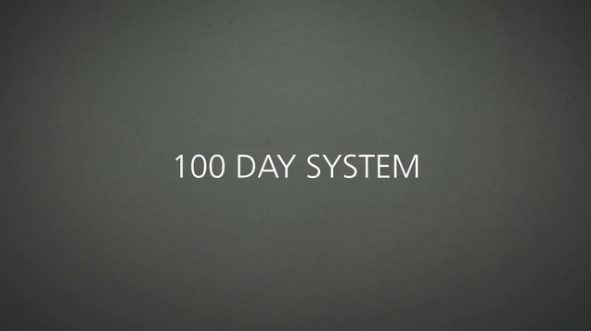
 Rope technology is nearly as old as civilization and is one of those things we usually take for granted. But without ropes, cables, cords, yarns, threads, and strings much of our modern life would be very different. Sure, you can suspend a bridge with metal rods and mend your torn clothes with staples (if you really want to), but would you even have clothes to mend without the strong, flexible fibers from which their fabric is woven? Admit it, fig leaves went out of style millenia ago.
Rope technology is nearly as old as civilization and is one of those things we usually take for granted. But without ropes, cables, cords, yarns, threads, and strings much of our modern life would be very different. Sure, you can suspend a bridge with metal rods and mend your torn clothes with staples (if you really want to), but would you even have clothes to mend without the strong, flexible fibers from which their fabric is woven? Admit it, fig leaves went out of style millenia ago.
We start teaching our children about practical rope work at a tender age when we teach them to tie their shoes. It’s a major developmental step; tying knots requires a number of manual and mental skills to be applied in unison to be successful. That’s why kids’ early efforts at shoe tying lead to tears of frustration. But we keep them at it because it’s something they need to know. Eventually they master it.
One of the biggest challenges in tying knots is visualization – seeing in our mind’s eye where this piece of rope is supposed to go, and what the final product should look like. Knots in general are hard to visualize because the ropes that form them are all curves; there are almost no corners or straight lines to provide visual reference points. Furthermore, the process of tying a knot is dynamic, almost fluid. It doesn’t lend itself to being documented with a few photographs. Even in Scouting, where rope work has been taught for decades, the manuals rely on photographs and a written description of each knot. It takes a lot of knowledge of knots to learn a new one – and that’s frustrating.
That’s where Animated Knots by Grog comes in. This site shows dozens of knots in full color photos using different colored cords where appropriate, explaining what each is used for and how to tie it. The images are presented in a unique user interface that can be played as an animation, stepped through frame-by-frame, or viewed as static images – all by rolling your mouse over a row of buttons. It’s not a video with fast-forward and rewind buttons, it’s more like a computerized flip-book.
Grog’s knots are collected into broad application categories: boating, climbing, fishing, Scouting, search and rescue, household, decorative, and another section on rope care. Some knots are shown in several categories. For example, climbing and search and rescue use the same knots because their activities are very similar. Grog’s also lists a number of knots that are more appropriate for modern synthetic ropes such as nylon and polyethylene that are too slippery for the Boy Scouts’ basic eight knots.
If you and your children plan to do any activities involving ropes – camping, mountaineering, or just tying your luggage on top of the car for a trip to the lake – start with a few minutes learning how to tie the proper knots. But once you do, sleep with one eye open — your kids may decide to practice their knots on you one night!



